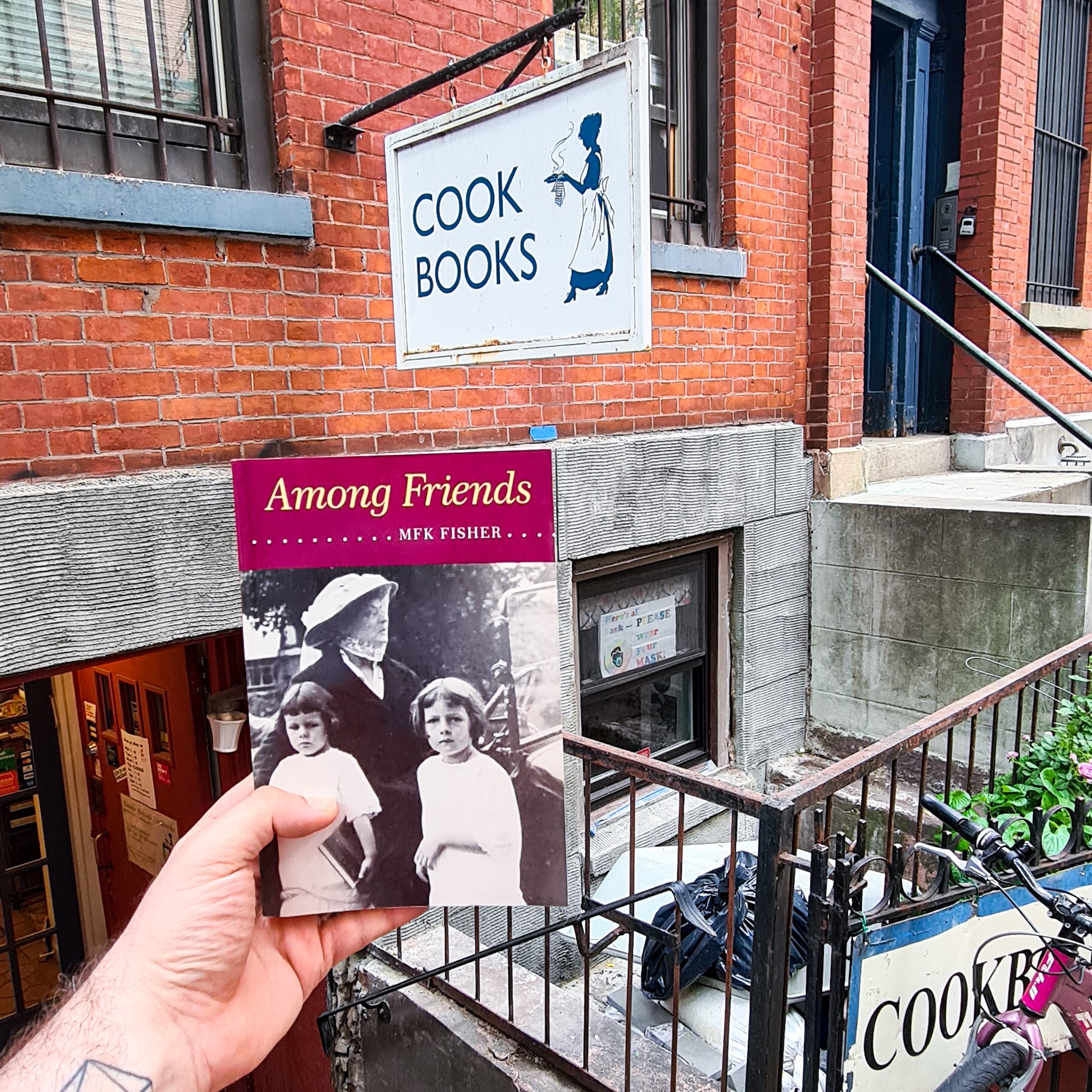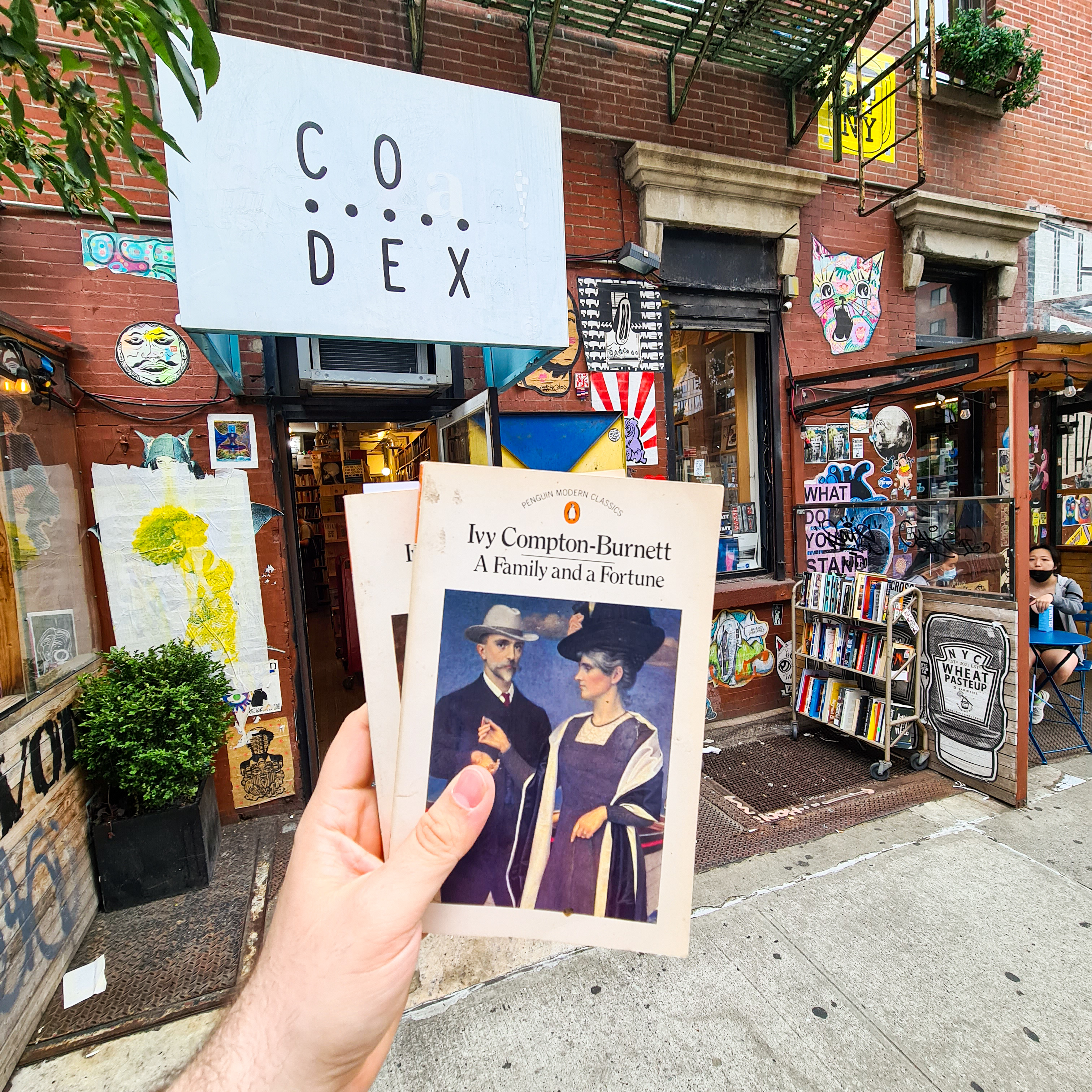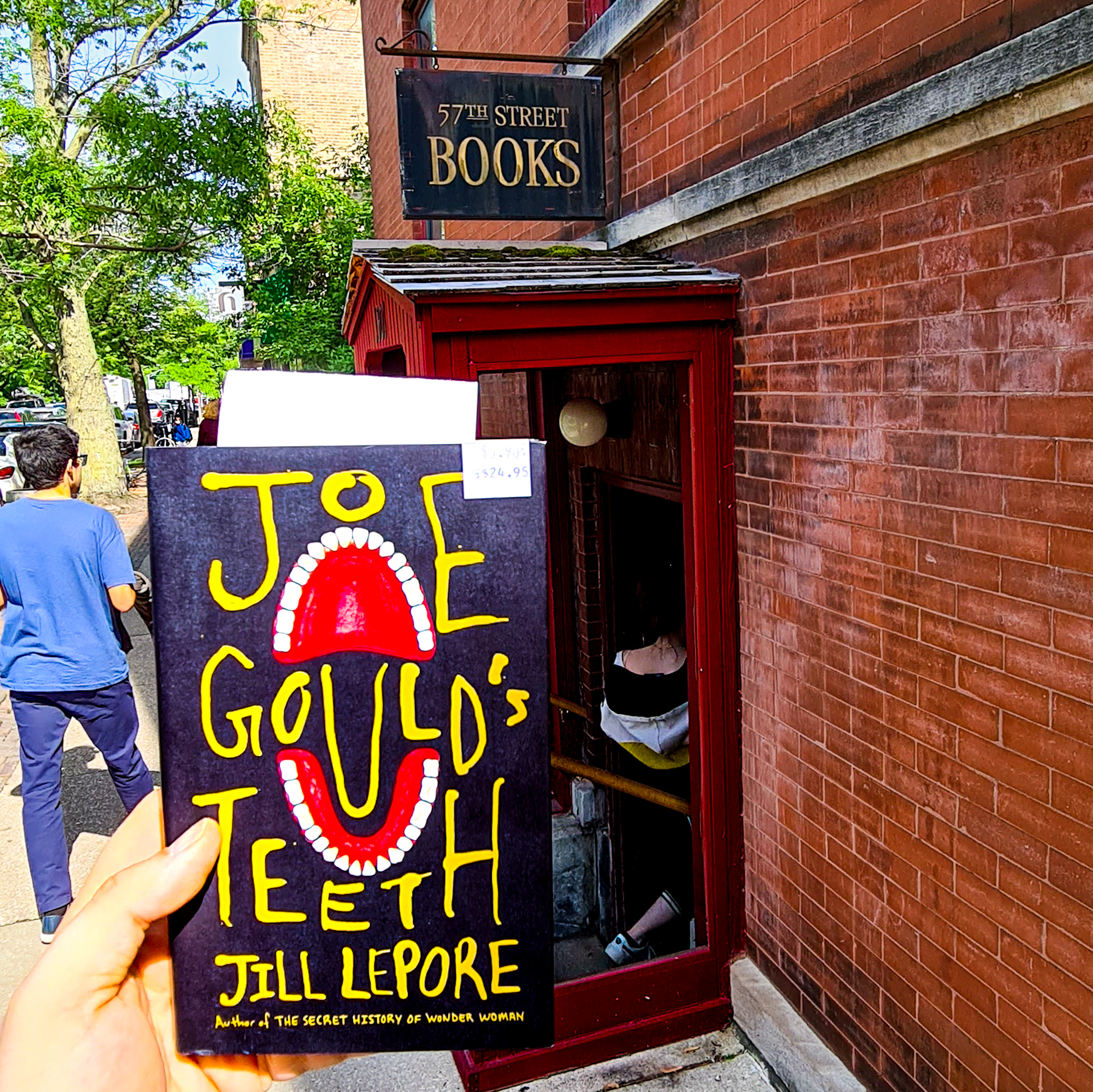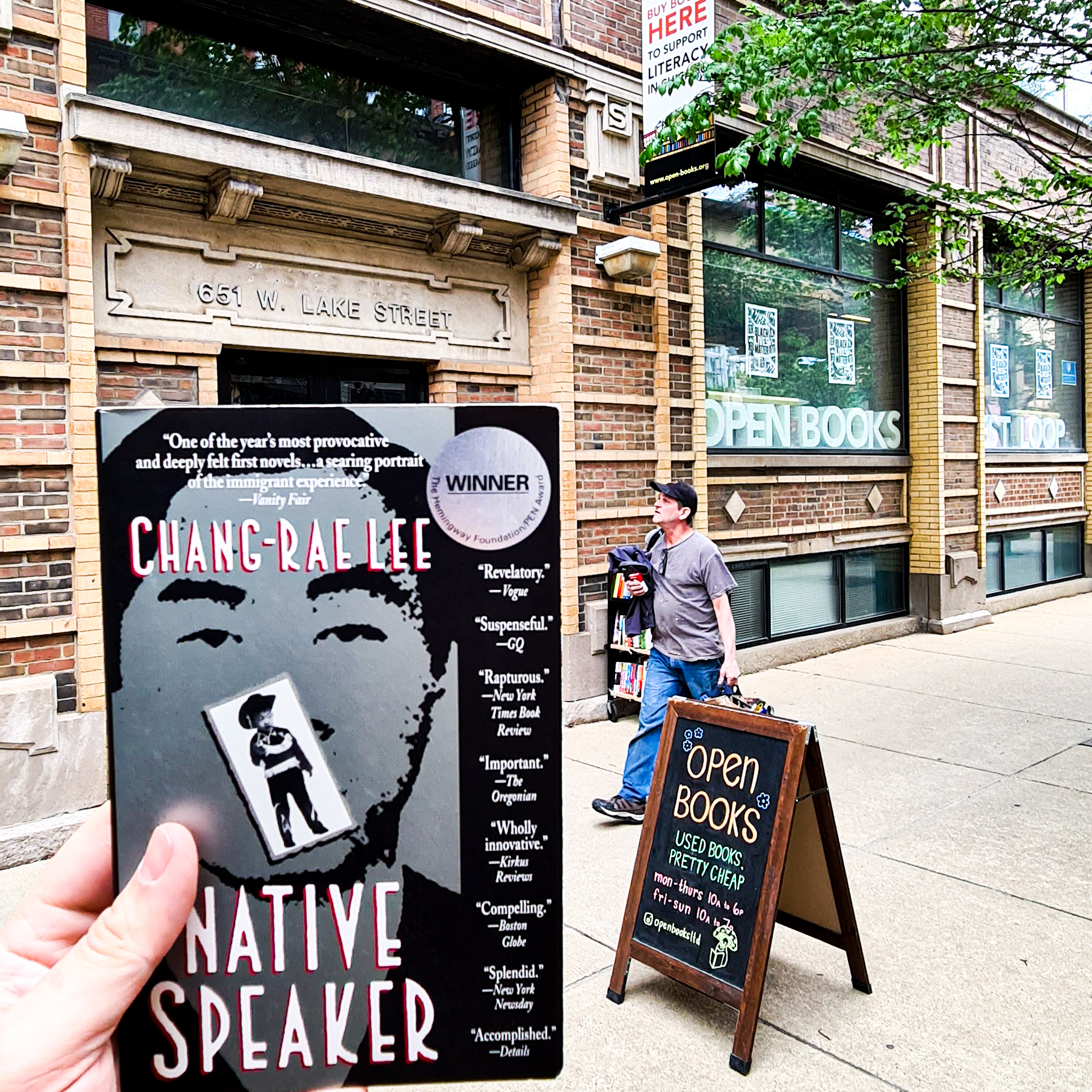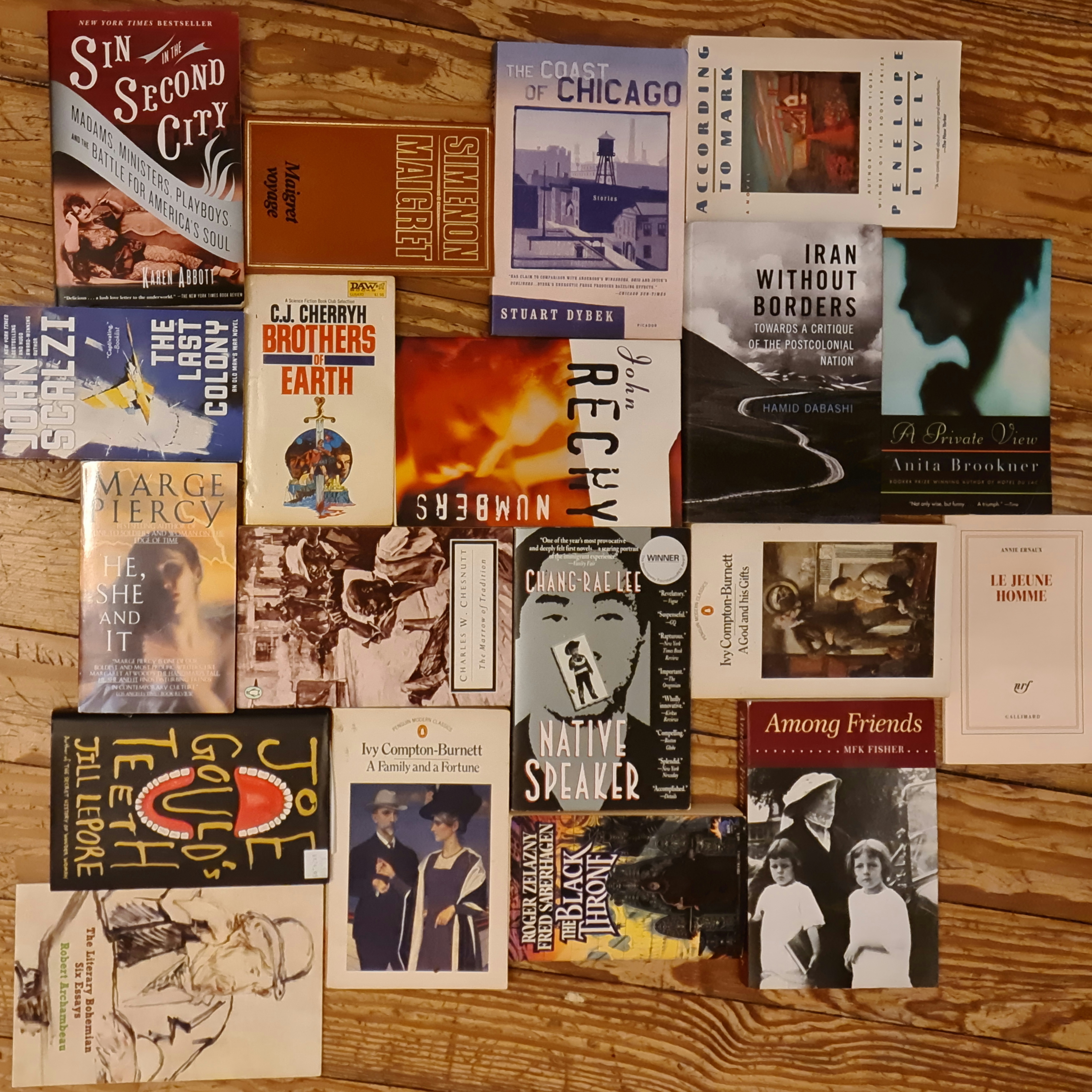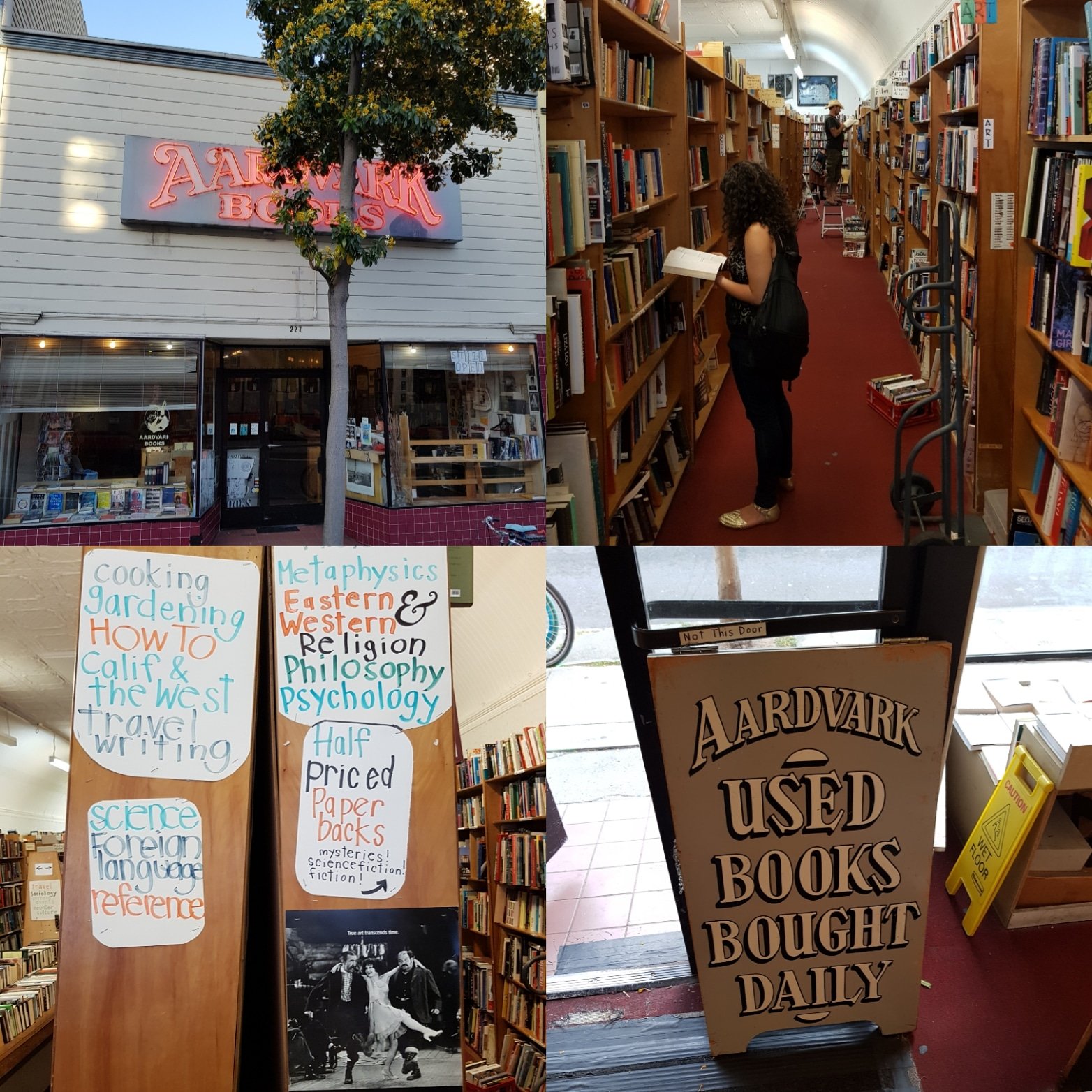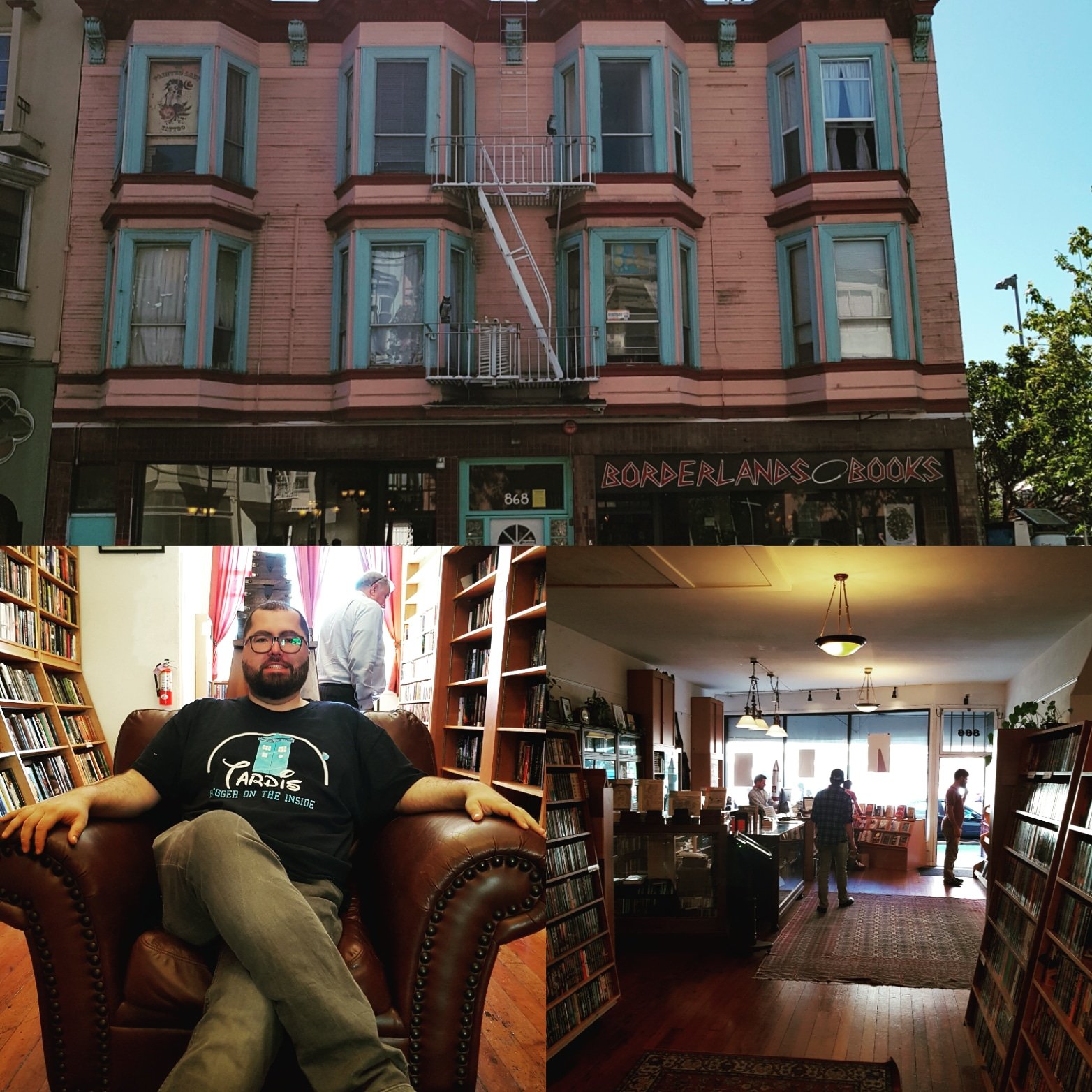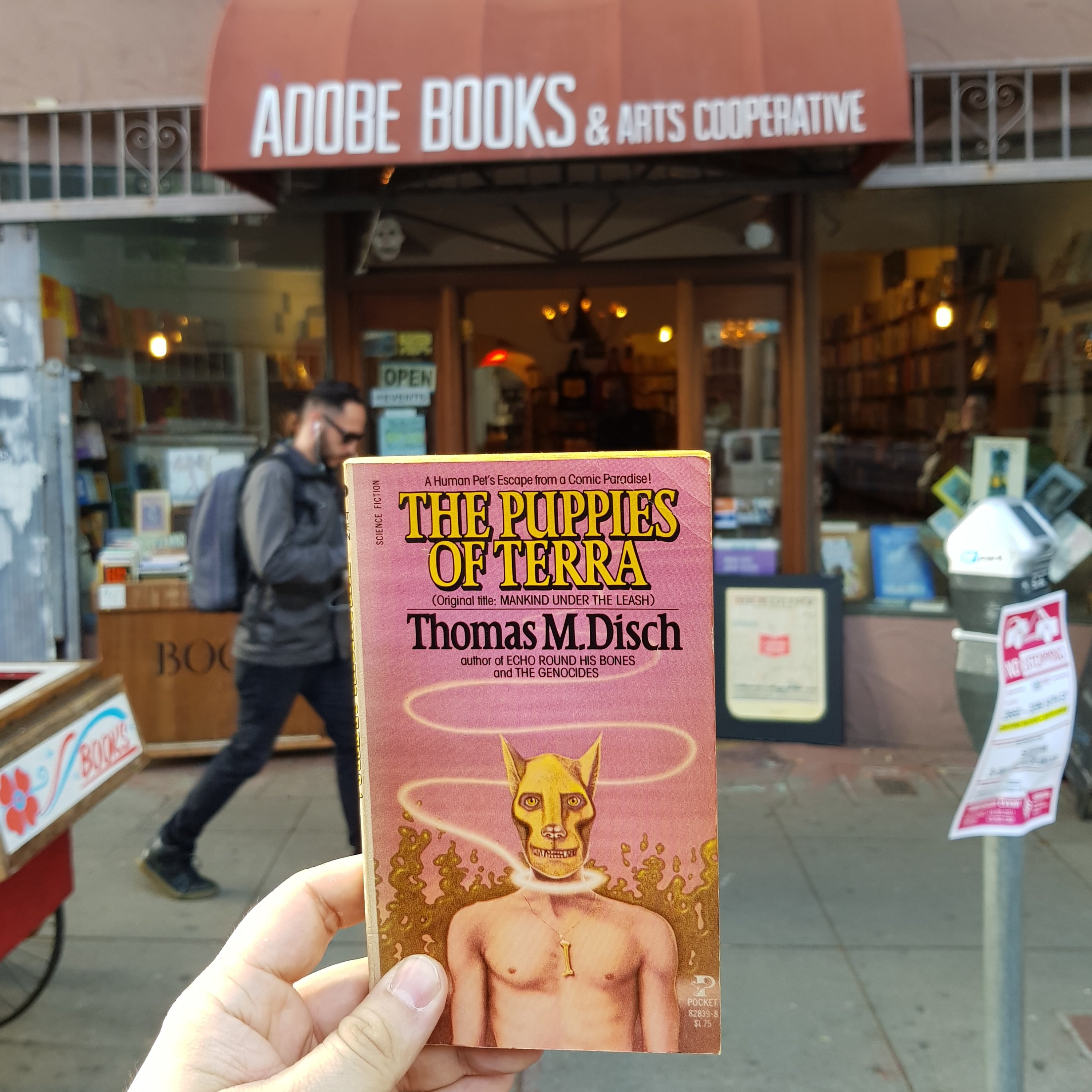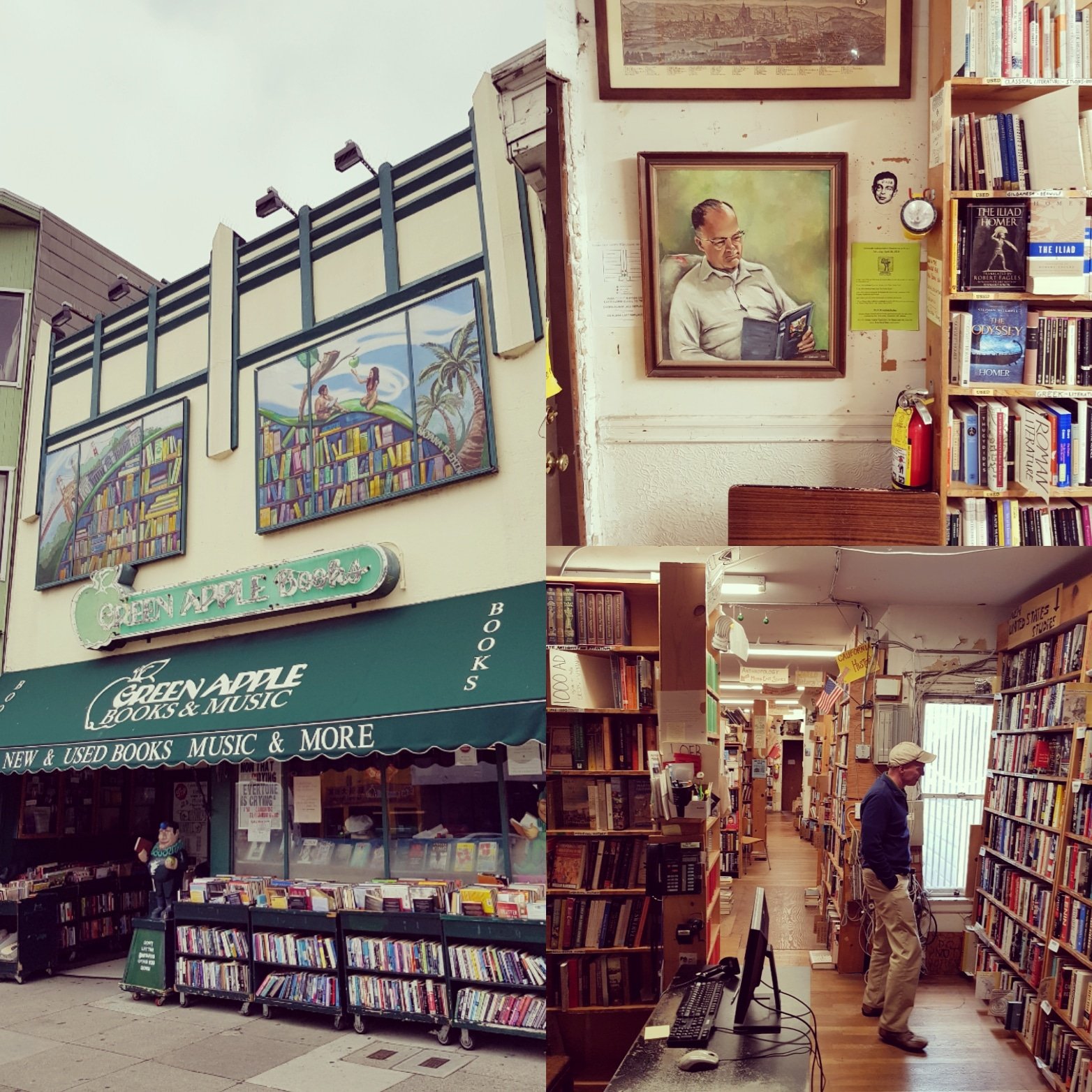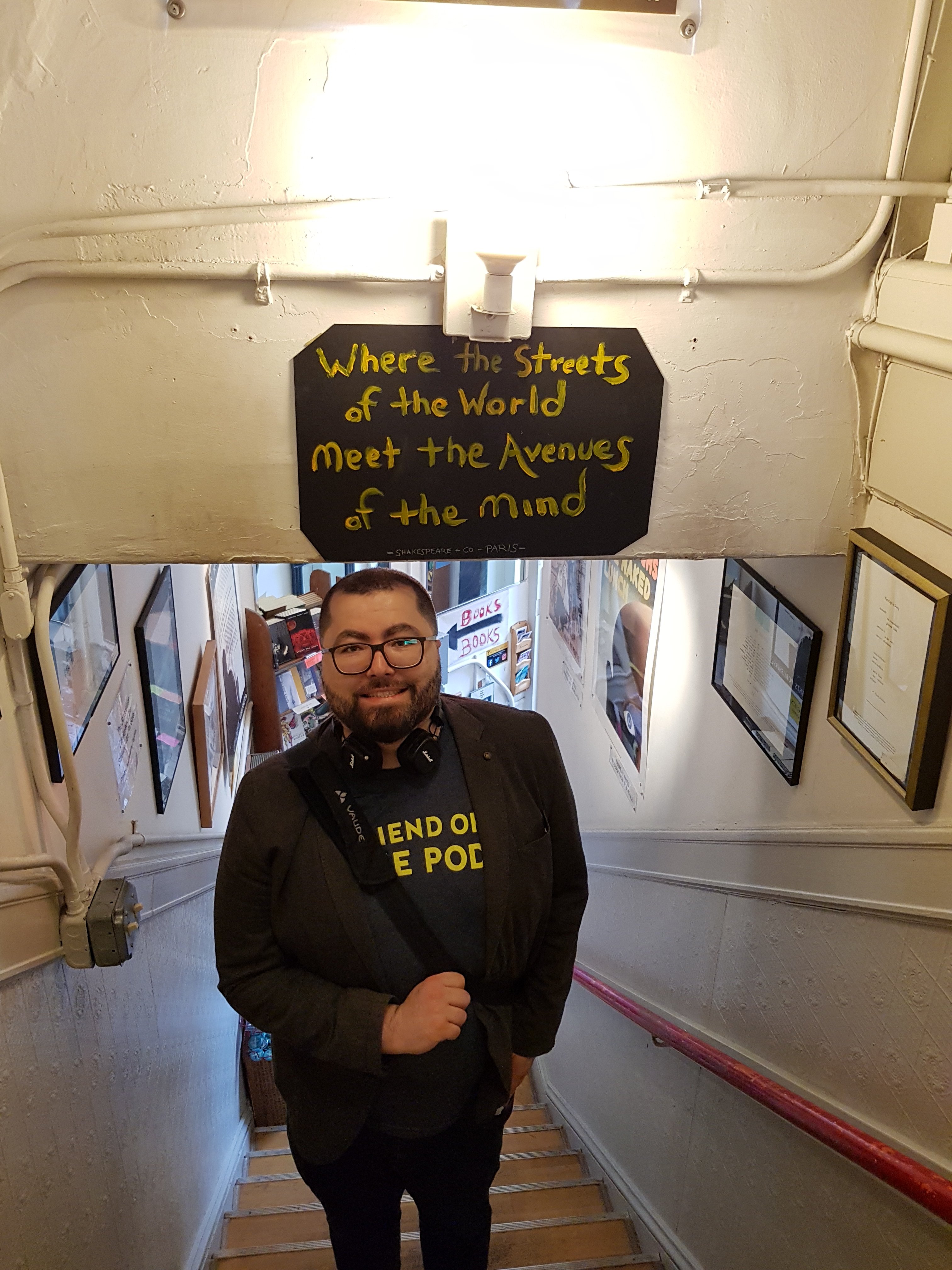So I had notes for two more “Notes” but somewhere at the conference venue I lost my notebook full of drafts, notes and poems, which isn’t great, but there you go. I lost some of my notes on theory and things, and so, sitting here in Bonn, note-less, very, very exhausted and in a bit of stress, my Boston trip mildly merges with the day I spent in Amsterdam during my layover on the way home, and I have to type this very quickly straight into WordPress so I hope it makes sense. (Notes from Boston Part One and Part Two)
But here you go: I have personal interest in, and written about, memory. Boston is an interesting town that way. Much like Amsterdam’s central parts, Boston’s central parts are basically a celebration of its past, with extraordinarily old buildings, rich in history and memory. Some of that memory is difficult, but Boston doesn’t insist in discussing the issue with you. Take Boston Common. Across the street from it is the Mass. House of representatives, or rather the Massachusetts State House, as the building is called. Right there where Boston Common and the State House meet, separated by a street, is the Robert Gould Shaw memorial. Lowell describes this permanent encounter like this in “For the Union Dead,” a poem everyone’s probably read: “A girdle of orange, Puritan-pumpkin colored girders / braces the tingling Statehouse, / shaking over the excavations, as it faces Colonel Shaw / and his bell-cheeked Negro infantry / on St. Gaudens’ shaking Civil War relief.” Shaw’s regiment, as you can glean from Lowell’s lines, was the first African-American regiment organized in the northern states during the Civil War. They weren’t paid the same and, of course, not treated the same afterwards. The monument is a reminder of the sacrifices paid in war by people the country treats badly before, during and after the war. This of course continues in the US. Did you know that Mexican immigrants are “allowed” to serve in the US Army and are then often nevertheless deported? For a country that prides itself on its hollow war machine and guns and all the obscene patriotism, this treatment of actual US veterans is bizarre. And the Shaw monument shows how far back this goes. And yet, as I suggested in my first note, I am not sure it has a real impact on the city. Lowell writes “Their monument sticks like a fishbone / in the city’s throat,” but walking through Boston for many hours, it doesn’t seem like it does.
It is a strange assemblage of power and memory in that city, driven by the need to venerate the powerful, and the problem with having a history partly built on revolution and fights for civil rights. There’s not much “sticking” in people’s throats if you remember ROAR and other violent protests against desegregation in Boston. “The Soiling of Old Glory” is a particularly powerful image of, well, Boston, really. This happened all over the US, but the combination of elements seems typical of Boston. Boston has given up on busing today, but even when desegregation was declared a success, some schools remained segregated, but that was fine, Boston’s courts declared, because “the racial imbalance is rooted not in discrimination but in more intractable demographic obstacles.” – Which, I mean. I can’t currently locate my copies of Mike Davis books, but I wonder whether there’s an equivalent story of Boston to Davis’ narrative of Los Angeles and its shifting interests of power that moved poverty through the city. Much, also, in the area of Boston that I lived, reminded me of Davis’ discussion of an “informal proletariat.” Without wanting to misuse both of these writers, I think one interesting aspect of Boston is that it has not become one of Deleuze’s fields of becoming, of possibilities. Boston’s racially segregated areas are more like Geertz’s “splinters.” Maybe it’s not a huge surprise that some of the theories of global assemblages that came out of the current re-evaluation of Deleuze’s work, particularly his seductive, but vaguely defined term of “becoming,” are often connected to personal or academic privilege; I mean there’s a lot of criticism of class and race that seems quite oblivious to the writer’s own position in these issues. I think writers like Davis have a much more accurate and unromantic view of the structural strictures of power. Agamben doesn’t necessarily apply here, because black life is clearly circumscribed by power. But then, there’s Shaw’s regiment. Or, in central Amsterdam, the prostitution. Prostitution there, as in many places, is often /though not always) based on an exploitative model, and has always had an odd place regarding legality. As a tool of patriarchy, the industry has always come close to what Agamben describes as “bare life” (incidentally – I wonder whether there are studies on how to apply the first three books of the “Homo Sacer” project to prostitution). In Netherlands, prostitution is legal, but there are around 7,000 trafficked women there, including many in the so-called “window prostitution.” The popular red light district in Amsterdam, 5 minutes by foot from Amsterdam Centraal, is dotted with brothels, and women who present themselves to an international male audience. This physical transparency doesn’t lead to more safety necessarily. And there’s an odd phenomenon that I haven’t noticed last time I was there. There was always the odd encounter of the brothels surrounding Oude Kerk, the big old church in the middle of the red light district. Now there are a few bars that are advertised on being in the rooms of old brothels, and a “prostitution museum” right next door to sketchy looking brothels. The ideological structure of museums is replicated by the streets surrounding that specific museum, in a strange assemblage of power, ideology and patriarchy. Amsterdam’s old houses represent the country’s connection to (and profits from) colonialism, and the foreign prostitutes, 7,000 of which (it bears repeating) are trafficked, mirror the same thing on a smaller level.
Lowell’s comment about the Shaw memorial representing a “fishbone in the city’s throat” contrasts to Berryman’s much longer poem about “Boston Commons.” At that period, Berryman lacked the sharpness and instinct of his later poetry and the poem, in all its meandering length, lacks Lowell’s view of history. It’s difficult to write the poem Lowell wrote any better than he did. But Berryman’s poem achieves something else. Into the faux-heroic platitudes, and the silliness of lines like “(q)uestion / Your official heroes in a magazine,” Berryman mixes, in small doses the questioning, confused mind of a middle aged man trying to grapple with everything. The poem is bracketed by “the impressive genitals / Of the bronze charger” and a slumped, lifeless body. The tension between Shaw’s memorial on one side of the street and the State House on the other is resolved by the two poets in different ways. Lowell offers a broad historical view and a criticism of the city and its history. Berryman doesn’t have that in him. But his confusion is more true, I feel to the reality of Boston I saw, and this applies to Amsterdam too. Somehow, both cities have inoculated themselves against the bug of criticism as visible in the way the cities support these intense tensions within less than a minute of walking distance. But they have not moved on to a clear, clean space. They are suspended where Berryman’s poem is, in the darkness of ideology, and the pushing forces of ideology. Erik Wolf writes about how ideology transmutes class difference and how it asks for minor histories to be folded into the larger history of a people or a country. In an interesting way, Boston, by resisting the global assemblages, by refusing to turn into a Deleuzian Body without Organs, does an enormous job of retaining the structure of power. An open air museum, repressive, but beautiful.


